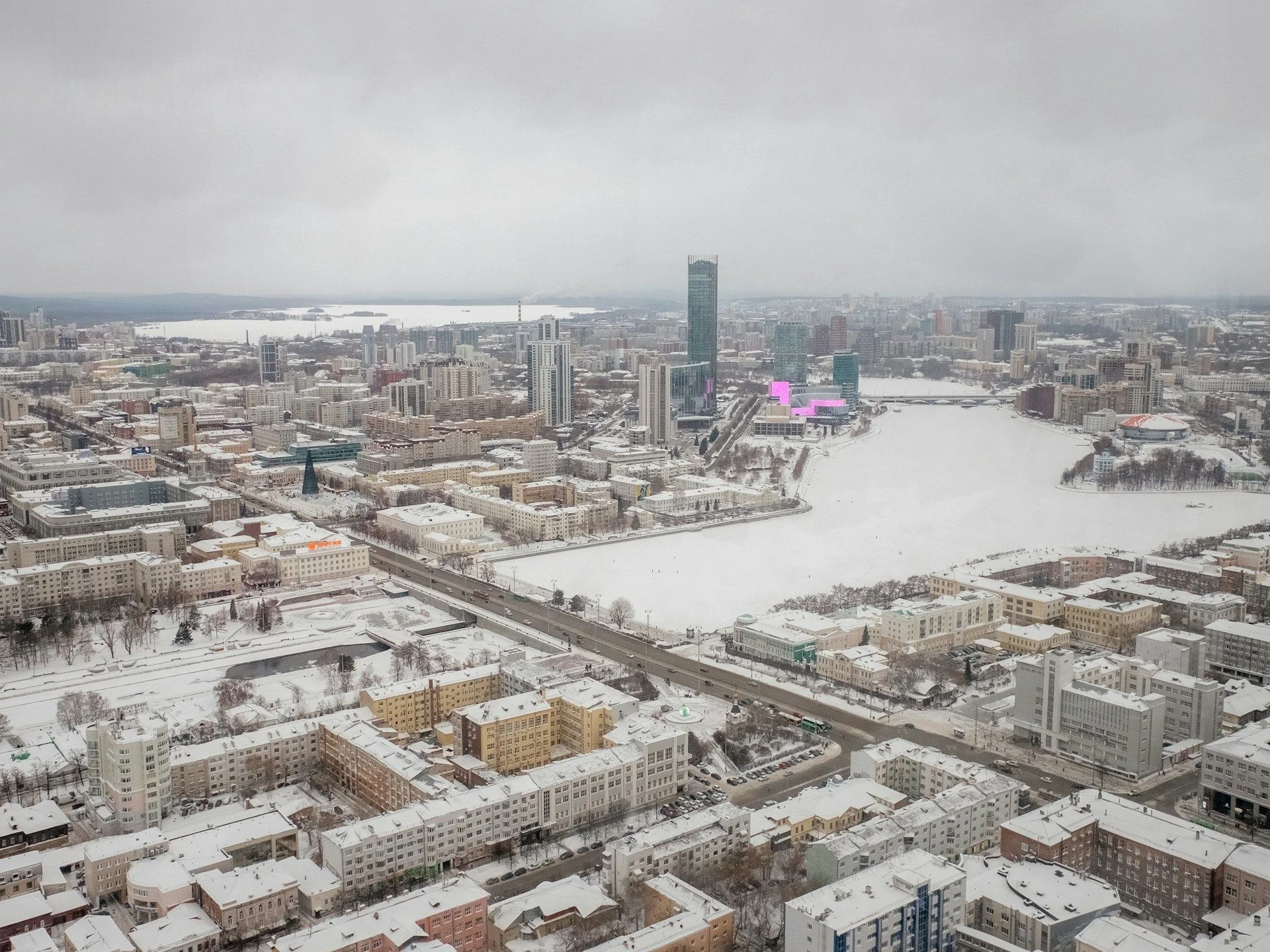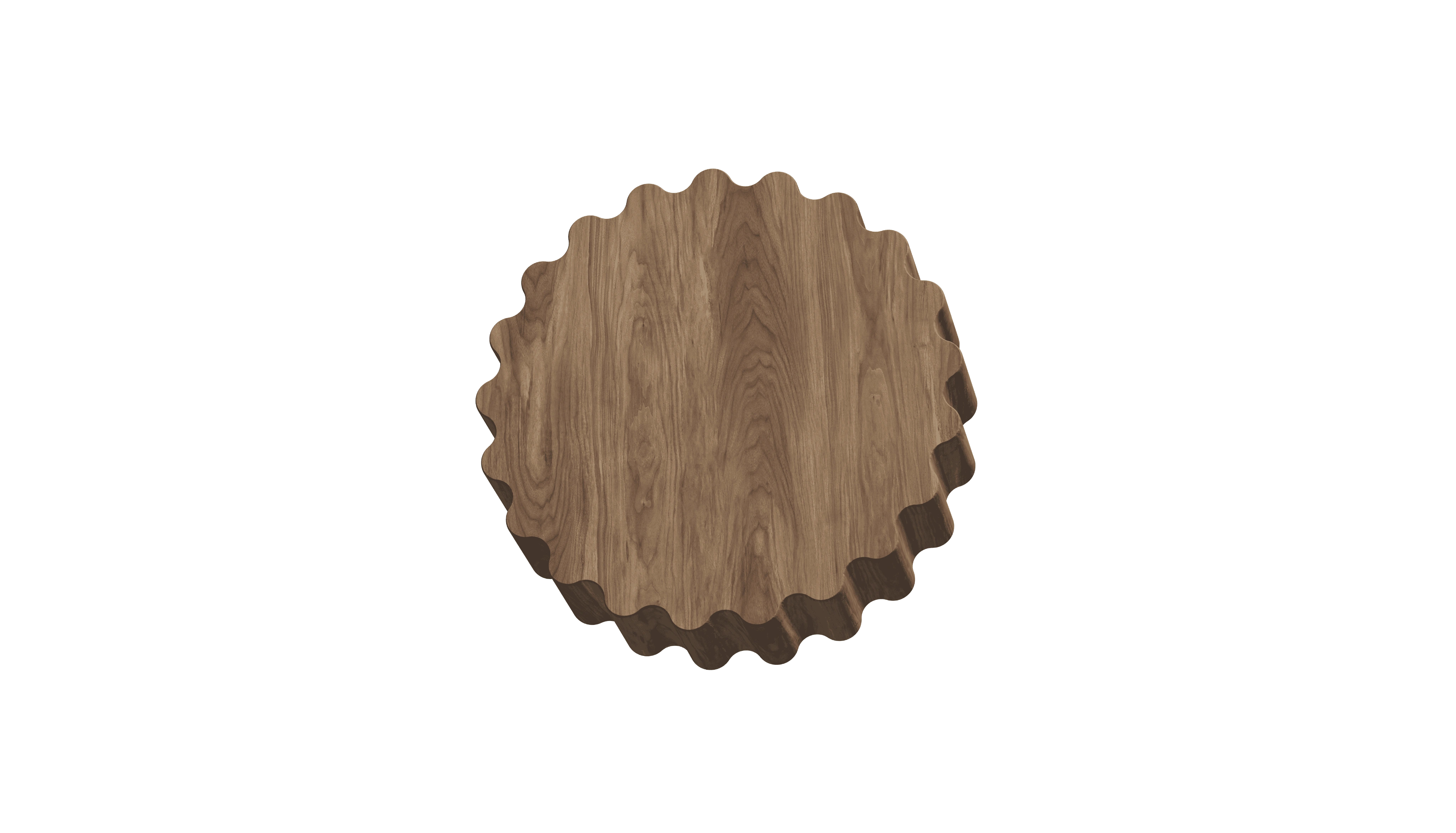Must-See Attractions in YekaterinburgA city of contrasts: Romanov history, Ural industryand emerging creative energy

Advantages of traveling
to Russia
Between Europe and Asia
Straddling continents, Yekaterinburg blends imperial legacies and Soviet ambition with a fresh regional identity.
Industrial core with cultural soul
Home to museums, theaters, and music scenes, this city fuses heavy industry with artistic expression.
Urban revival and local pride
From riverfront walks to design hubs and street art, Yekaterinburg is a fast-modernizing capital of the Urals.
Between Europe and Asia
Straddling continents, Yekaterinburg blends imperial legacies and Soviet ambition with a fresh regional identity.
Industrial core with cultural soul
Home to museums, theaters, and music scenes, this city fuses heavy industry with artistic expression.
Urban revival and local pride
From riverfront walks to design hubs and street art, Yekaterinburg is a fast-modernizing capital of the Urals.

Useful articles
and recommendations from experts
Tourism in Yekaterinburg: Explore the Historic and Modern Capital of the Urals
Why Yekaterinburg Offers a Unique Travel Experience
Located on the border of Europe and Asia, Yekaterinburg is Russia’s fourth-largest city and a major cultural and industrial hub of the Ural region. Often called the “Gateway to Siberia,” the city offers a compelling mix of Romanov history, Soviet legacies, thriving arts, and modern innovation. Tourism in Yekaterinburg invites visitors to explore one of Russia’s most dynamic and underrated urban centers.
Yekaterinburg is a city of contrast and energy — where Orthodox churches stand beside constructivist buildings, where political tragedy meets creative resurgence, and where global travelers discover a proud regional identity far from Moscow or Saint Petersburg.
Key Landmarks and Historical Depth
The most poignant historical site in Yekaterinburg is the Church on the Blood, built on the site where Tsar Nicholas II and his family were executed in 1918. This imposing white-and-gold cathedral now serves as a memorial to the Romanovs and is one of the most visited landmarks in the city.
Nearby, the Romanov Memorial Complex at Ganina Yama is located in a forest outside the city, where remains of the royal family were buried. Today it includes seven wooden chapels and tranquil trails through birch trees, offering a reflective pilgrimage for history buffs.
Other historical sights include:
- Keyboard Monument — a quirky outdoor sculpture of a QWERTY keyboard made from concrete blocks
- Sevastyanov’s House — a 19th-century palace in Gothic-Moorish style
- Plotinka — the old dam and central gathering point on the Iset River
Culture, Arts, and Theatrical Life
Yekaterinburg has a surprisingly rich cultural life. It is home to over 30 theaters, including the Yekaterinburg Opera and Ballet Theatre, which dates back to 1912 and stages world-class productions.
The Yeltsin Center — a modern museum and cultural venue — offers interactive exhibitions on post-Soviet Russia, democracy, and free press. It’s also home to a bookshop, cinema, and panoramic restaurant.
Art lovers can explore the Yekaterinburg Museum of Fine Arts, known for its collection of Kasli cast-iron sculptures, and visit local galleries like Sinara Art Gallery or Ural Vision Gallery for contemporary works.
The city also hosts:
- Ural Industrial Biennale — one of Russia’s top art events
- Old New Rock Festival — highlighting Russia’s alternative music scene
- Jazz, film, and fashion festivals throughout the year
Urban Life and Neighborhood Revival
The city’s landscape is changing rapidly. Old factories are being repurposed into cafes, creative spaces, and co-working hubs. The Vaynera Street pedestrian zone features public art, fountains, and shopping, while nearby districts like Uralmash and Shartash showcase Soviet-era design in transformation.
New developments around the Iset River embankment have added life to the waterfront — with bike lanes, parks, and event spaces. Residents enjoy riverside jogging, food markets, and open-air concerts in warmer months.
Dom Pechati, a former Soviet printing house, is now one of the trendiest spots in town — hosting DJs, pop-up markets, and local fashion designers. This mix of raw industrial charm and hip energy defines the new Yekaterinburg.
Geography, Nature, and Active Tourism
Surrounded by the low peaks of the Ural Mountains, Yekaterinburg is a great base for outdoor adventure. The border between Europe and Asia is just a 40-minute drive from the center — marked by several monuments and scenic stops.
Other natural escapes include:
- Lake Shartash — with hiking trails, granite rock formations, and sandy beaches
- Deer Streams National Park — full-day trips with caves, cliffs, and waterfalls
- Uktus ski area — winter sports within city limits
The city is also green, with parks like Dendropark and Mayakovsky Park offering spaces for families, festivals, and weekend picnics.
Local Food, Markets, and Cafés
Tourism in Yekaterinburg includes a strong gastronomic appeal. Local cuisine blends Ural, Russian, and Central Asian influences. Don’t miss:
- Posikunchiki — small fried meat pies
- Ural pelmeni — often filled with mushroom or game
- Baked zander or sterlet — freshwater fish from local lakes
The Greenwich Mall Food Hall and Vysotsky Tower rooftop restaurant offer panoramic dining. Cozy bakeries and hip coffee shops are scattered across Lenina Avenue and around universities.
Vegetarian, vegan, and international cuisines are also well-represented — a sign of the city’s openness and student-driven diversity.
Getting Around and When to Visit
Yekaterinburg is accessible by air via Koltsovo International Airport (SVX), which offers domestic and select international flights. The city is a key stop on the Trans-Siberian Railway, connecting it to Moscow, Novosibirsk, and Vladivostok.
Public transport includes metro (one line), trams, buses, and affordable taxis. The city is walkable, especially in central districts.
Best seasons:
- May–September: Ideal for festivals, nature trips, and river walks
- Winter (December–February): Snowy charm, ice sculpture parks, and ski options
Who Visits Yekaterinburg and Why
Visitors to Yekaterinburg include:
- History seekers — exploring Romanov sites and revolutionary history
- Art and music lovers — drawn by galleries and events
- Adventure travelers — interested in Ural hikes and Asia-Europe landmarks
- Students and researchers — connected to Ural Federal University
- Domestic urban explorers — from Moscow, Kazan, and Siberian cities
Yekaterinburg’s positioning as a cultural gateway between Russia’s west and east makes it a natural choice for those seeking depth and authenticity.
Discover Yekaterinburg with VelesClub Int.
VelesClub Int. curates experiences across Yekaterinburg — from Romanov routes to riverfront strolls and art installations. Whether you’re passing through on the Trans-Siberian or diving into local life, we’ll help you discover what makes this Ural capital so compelling.
With VelesClub Int., explore Yekaterinburg’s stories — both timeless and modern.
